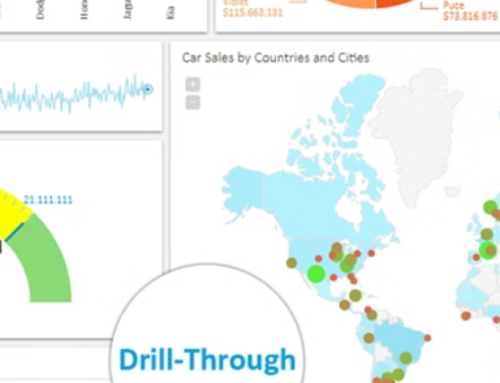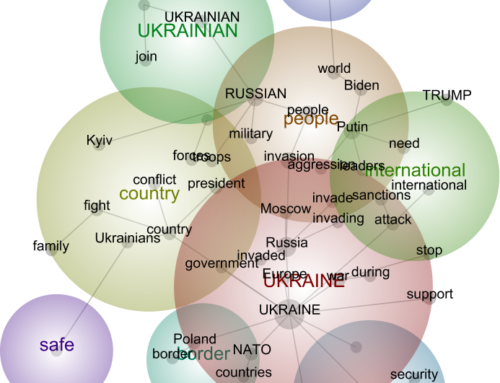Peer review is a critical part of the scientific process, helping to ensure the quality and integrity of published research. However, far too often, peer reviews take an unnecessarily negative tone, harshly criticizing papers while failing to recognize their strengths and the hard work of the authors. As researchers and reviewers, we need to rethink our approach to writing reviews. By focusing on providing positive, constructive feedback, we can improve both the peer review process and the quality of published science.
When writing a review, the goal should be to help the authors improve their paper and highlight its value to the field. Even if a paper has weaknesses, it almost certainly makes some useful contributions that are worth acknowledging. Reviews should not just be a list of flaws, but should strive to be balanced, noting both strengths and areas for improvement; framing critiques constructively and respectfully is key.
For example, instead of writing: “The authors used the wrong statistical test which calls their results into question,” try something like: “The paper makes an important contribution in XYZ ways. However, I would recommend using this alternative statistical approach, which may be more appropriate for this type of data and could strengthen the conclusions.” With this positive, constructive approach, you still voiced concern about the statistics, but in a way that recognized the paper’s strengths, assumed good faith on the part of the authors, and offered a specific suggestion for improvement. This type of feedback is much more likely to be well-received and acted upon.
Beyond just being a constructive approach, writing positive peer reviews focused on strengths has important benefits:
- It motivates authors to stay engaged and make needed improvements, rather than getting discouraged by harsh criticism.
- It models constructive scholarly discourse for students and early career researchers.
- It pushes reviewers themselves to read papers more carefully to identify contributions instead of just scanning for flaws.
- It creates a culture of supporting and building up colleagues’ work for the advancement of science as a collaborative enterprise.
- It prevents situations in which the authors are asked to transform a “vegan salad” into a “medium-well burger”.



